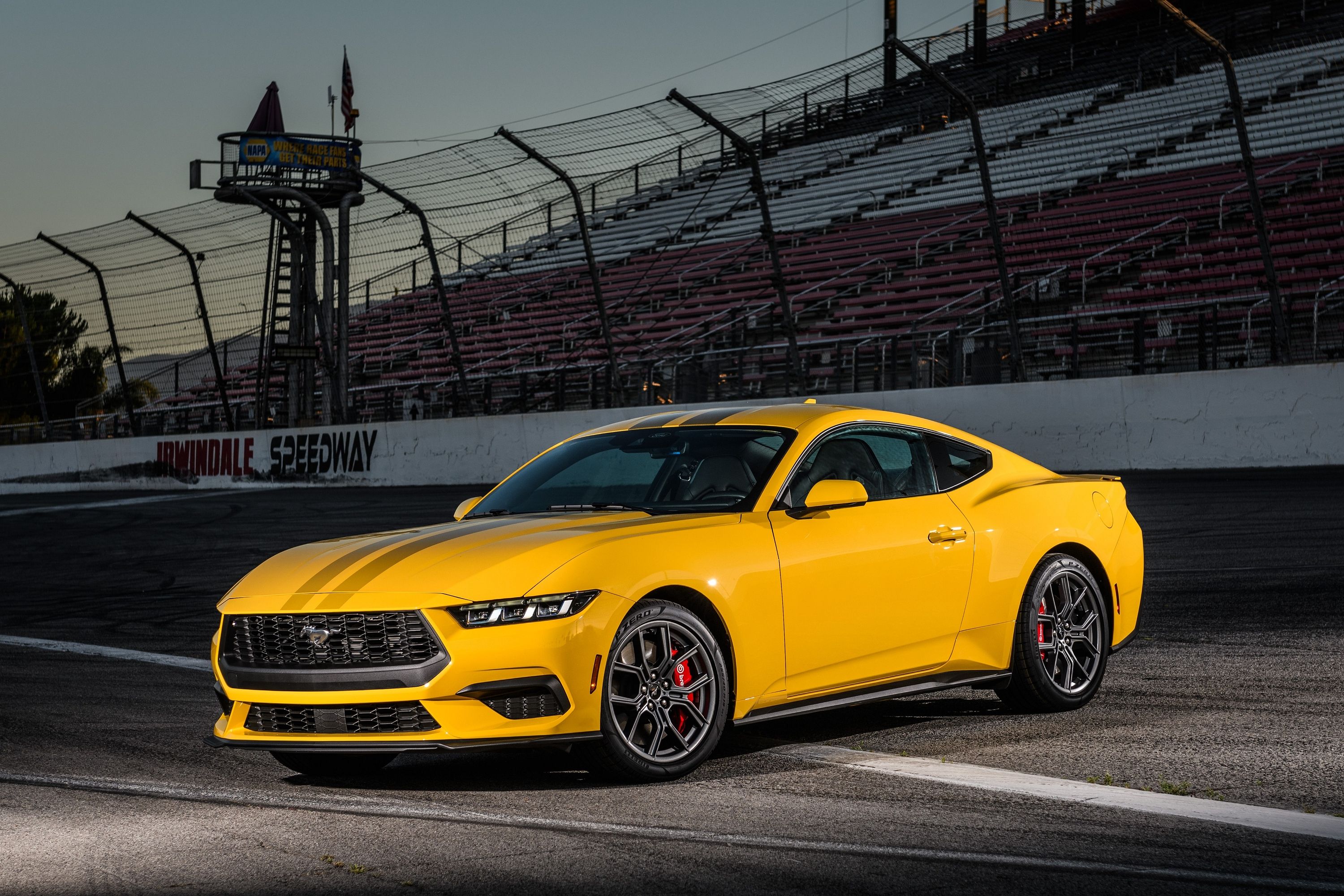
Take a good look at the new 2019 Shelby GT350 and the upcoming GT500, and you may have noticed something they have in common: both cars share the same face as the pre-facelift Mustang rather than the new facelifted model introduced last year. Why aren't Ford's range-topping muscle cars wearing the new Mustang face, you may ask? FordAuthority had been wondering the same thing, so it asked Ford.
Here's what the Blue Oval automaker had to say: "The Shelby GT350 is the purist's performance model. The team focused their time addressing what customers wanted most, including improved grip and suspension upgrades." While this may be true, there's actually another good reason why the GT350 and GT500 share the old Mustang's face.
It turns out the Shelby models are fitted with Ford's Carbon Composite front subframe, which is different from the subframe in the regular Mustang. It's a completely different structure that reduces weight and stiffens the chassis. Changing the design of the front end would require Ford to entirely re-engineer this technology for the new shape. This would require a huge investment that would be difficult to justify for the low-volume Shelby models, especially so when the GT350 and GT500 still look great even without the facelift.
There are some technical restrictions, too. The Mustang Shelby cars have different cooling requirements to the Mustang EcoBoost or the Mustang GT, especially the GT500 with its massive supercharger. Changing the bumper, headlights, and hood could negatively affect the car's cooling and aerodynamics unless some extensive modifications are made. Again, Ford simply can't justify the costs required to make cosmetic changes customers aren't even asking for. Instead, we'll probably have to wait until the new next-generation Mustang arrives for the GT350 and GT500 to get new front fascias.
